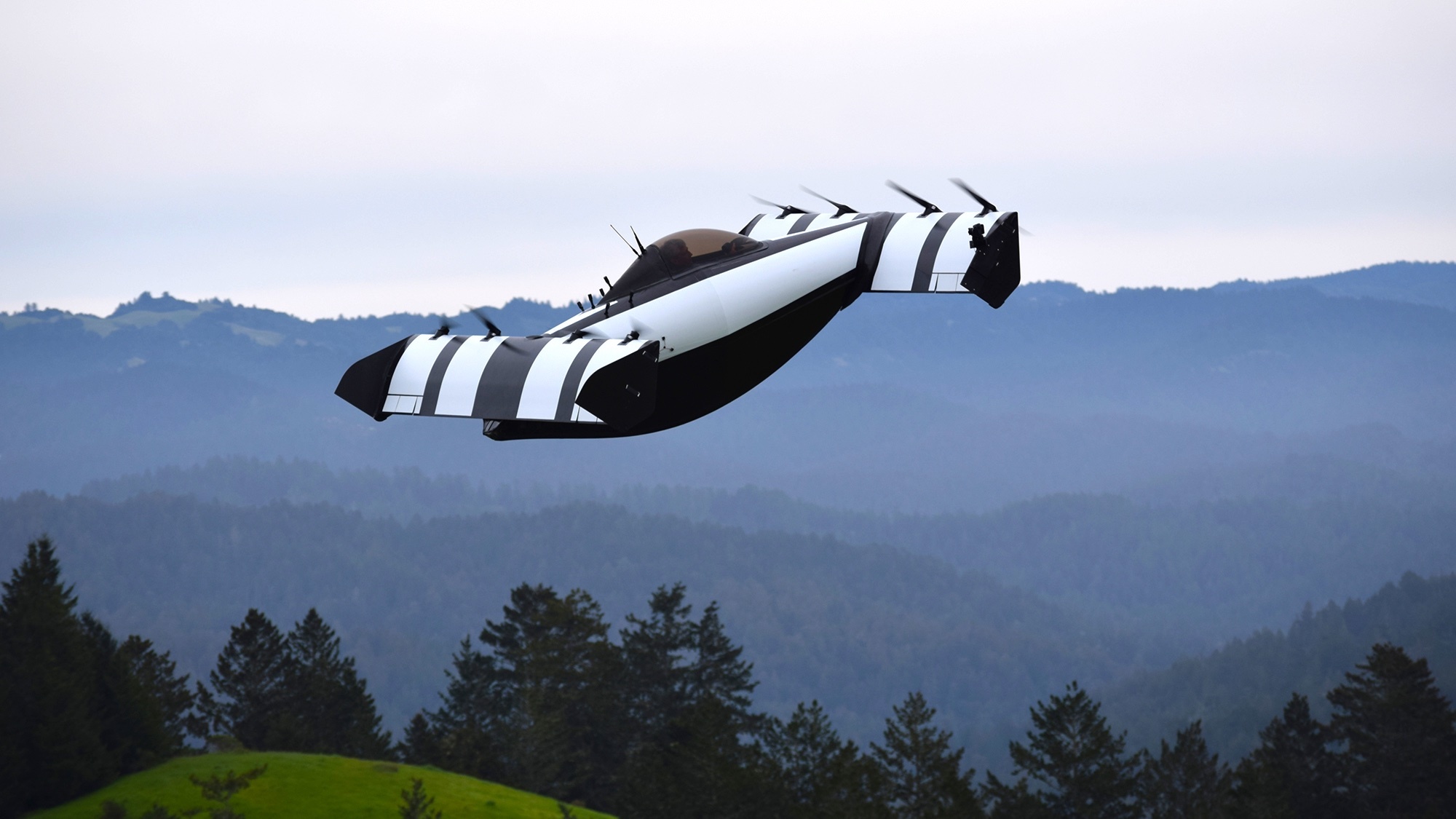industrial design
We need electric planes, sustainable aviation fuels, and hybrid propulsion now, not later.
Are we sure this isn’t alien technology?
You know what would make LEGO even better? A base tape that lets you build against gravity.
The most impactful technology inventions in history are ranked.



